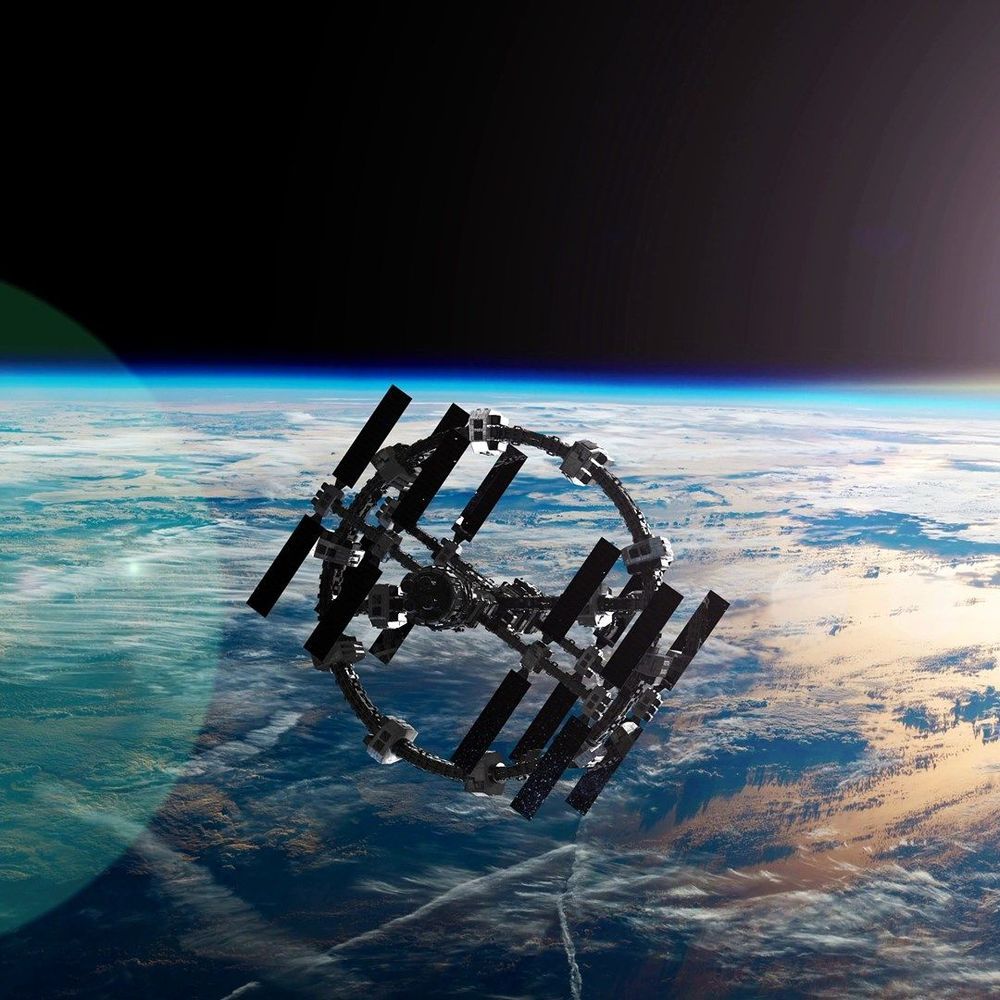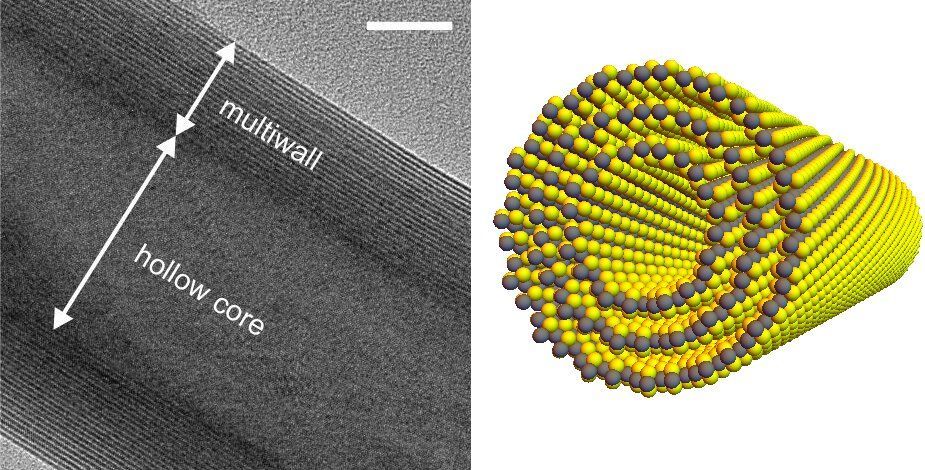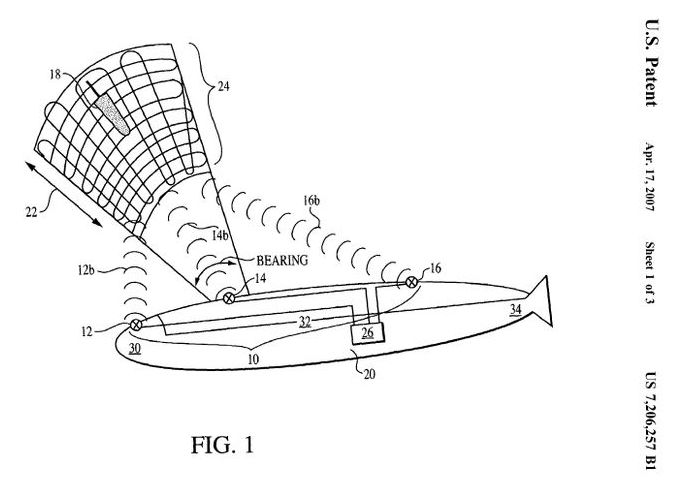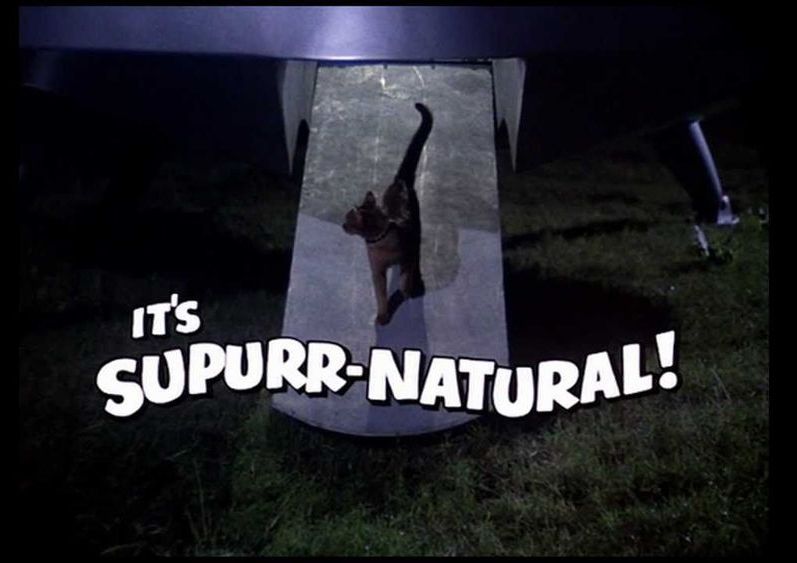Work on the Thirty Meter Telescope on Mauna Kea, bitterly opposed by Hawaiian activists, may soon be underway.




These are the Mars homes that NASA awarded $500,000.



Physicists have discovered a novel kind of nanotube that generates current in the presence of light. Devices such as optical sensors and infrared imaging chips are likely applications, which could be useful in fields such as automated transport and astronomy. In future, if the effect can be magnified and the technology scaled up, it could lead to high-efficiency solar power devices.

Imagine a day when a submarine could blast a target to smithereens using nothing more than acoustic energy. That’s the idea behind a recently granted U.S. Navy patent for a cavitation weapon. The powerful weapon would use sonar to generate “acoustic remote cavitation,” i.e. a big pressure bubble, that would destroy everything from torpedoes to mines. As the patent describes:
*A method is disclosed of generating a predetermined field of cavitation around a remote target in an underwater environment. The method includes the steps of identifying a remote target location, generating at least two acoustic beams, each at a high power output, from an underwater acoustic source, and controlling the generated acoustic beams to intersect with each other at the remote target location and thereby create a destructive cavitation field at the intersection of the beams. The acoustic source and target can be located in unconfined underwater space and at a distance of at least 100 m apart. *
You’ve read your last complimentary article this month. To read the full article, SUBSCRIBE NOW. If you’re already a subscriber, please sign in and and verify your subscription.


O.o :3
Movie Trailer for “The Cat From Outer Space” (1978)
Starring: ken berry, sandy duncan, harry morgan, roddy mcdowall, mclean stevenson.
Directed By: Norman Tokar
